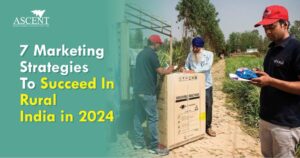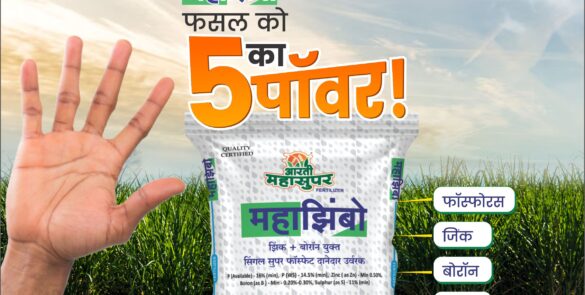The Indian FMCG sector is huge at US $ 230.14 Bn. in 2023 and is expected to grow at a CAGR of 27.9% to reach US $ 1288.52 Bn. by 2030. That is massive by any standards and expected to further increase with its 1.42 billion population consuming any form of FMCG products daily.
Powering this growth is the increasing disposable income of the rural population and the low penetration level in rural India, leaving a lot of scope for growth. The share of the rural market is around 45% of the overall revenue generated by the FMCG sector in India. This will increase in the coming years on account of higher disposable rural incomes, driven by the renewed focus on agriculture, MSMEs, education, healthcare and infrastructure from the Govt. of late.
So the real market and sales opportunity lies in the rural hinterlands of the country, which every other FMCG brand – whether it’s Dabur, HUL, Godrej or ITC etc wants to make inroads into.
The Challenges
FMCG products by their very definition have to move quickly within the distribution chain to generate value for every stakeholder. Occupying shelf space at every point of sale is critical for sales.
Since demand in rural areas is community-based, the dreaded “out-of-stock” sign is what every FMCG brand fears. Poor road conditions, widely spread out points of sale, seasonal variations etc are the key bottlenecks in FMCG distribution that manufacturers face.
Similarly, for an FMCG retailer, stockout is a major reason for the loss in revenue, with customer dissatisfaction, being an added irritant. Trying to source products by himself results in higher cost and lower profitably, something the razor-thin margins in FMCG sales can’t afford.
Godrej Consumer Products, part of the well-known Godrej Group, is a leading player in the FMCG space, nationally as well as Internationally. It is well known and enjoys solid brand awareness. Some of its popular products like Cinthol, Fair and Glow etc enjoy cult status and high demand in rural areas.
But like its peers, Godrej was also grappling with distribution challenges in rural penetration, affecting growth and distribution intermediaries’ profitability.
The Solution
To mitigate the last-mile rural distribution challenges, Godrej devised an innovative plan to empanel distribution management vendors across the country. These vendors play a key role in distribution management by operating a fleet of goods carriers across the assigned territory. This also liberated Godrej from managing transporters and instead focused on its core job.
The key players in this distribution set-up – the Super Stockist, the VSR / AE ( Village Sales Executive / Area Executive), and the Driver along with the vehicle are responsible for ensuring the smooth rural distribution of Godrej’s products.
The Methodology
A vehicle with a Driver is assigned by the Vendor to the Stockist of the Area, who loads it with stocks, normally the evening before. As per the designated beat plan for the day, the vehicle with stocks visits around 4-5 villages per day accompanied by the VSR, covering a total distance of around 80 -120 km’s daily. Stocks are delivered to over 20-odd retailers -generating sales of approx 12k to 15k per day per vehicle!

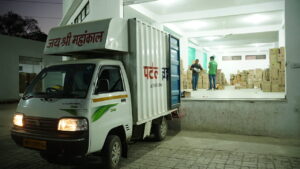


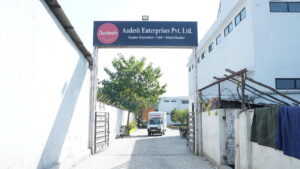

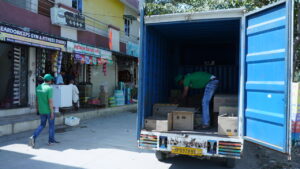

A particular beat plan and the route are covered bi-weekly, thus ensuring that stock-outs are managed well.
This has been an exceptionally beneficial distribution model wherein it’s a Win-Win for all stakeholders involved.
Conclusion
This innovative rural distribution model has been successful in delivering the following benefits to Godrej:
- The Sales cycle has been accelerated – Primary, Secondary and Tertiary sales have increased significantly.
- Stockout even at remote locations has been greatly reduced
- Retailer profitability has been enhanced
- The Company is freed from managing the hassles of transportation and its irritants.
We at Ascent Brand Communications have been managing distribution for Godrej in MP and Maharashtra for quite some time now.
Do let us know if you have any such requirements, by Clicking Here







